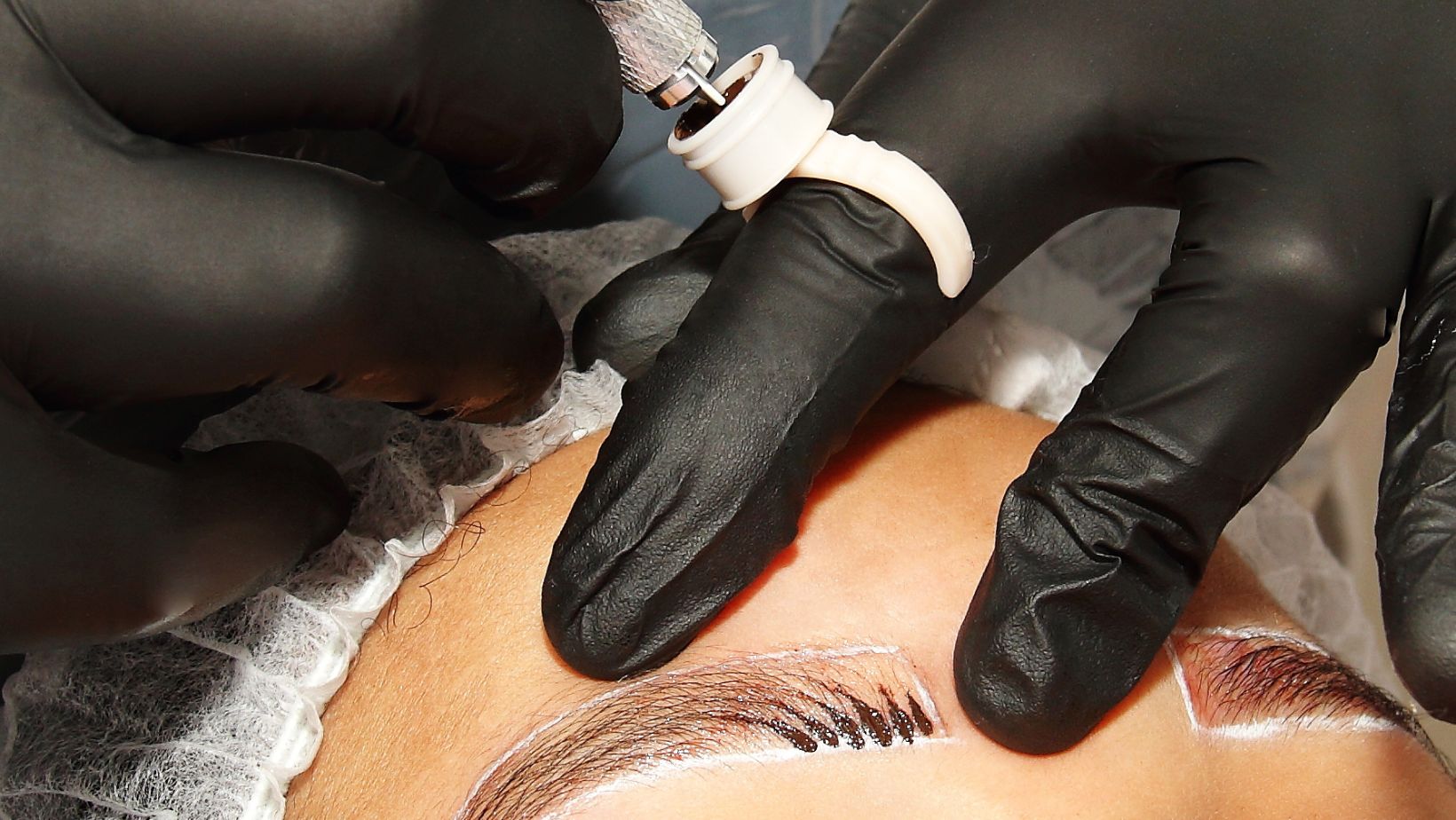What Cosmetic Procedures are Covered by Insurance
Insurance companies often consider covering cosmetic procedures if they’re deemed essential for a patient’s health and well-being. For instance, reconstructive surgeries following accidents or mastectomies often fall under this category. Procedures that address congenital defects or improve bodily functions may also be eligible for coverage, blurring the lines between cosmetic and medical necessity. Cosmetic procedures enhance appearance through medical or surgical intervention. Unlike reconstructive procedures, which primarily address functional impairments, cosmetic procedures focus on aesthetic improvements.  Elective nature characterizes most cosmetic surgeries, meaning they’re performed at the patient’s request. Common examples include rhinoplasty, breast augmentation, and liposuction, which aim to improve appearance rather than address health issues.
Elective nature characterizes most cosmetic surgeries, meaning they’re performed at the patient’s request. Common examples include rhinoplasty, breast augmentation, and liposuction, which aim to improve appearance rather than address health issues.
What Cosmetic Procedures are Covered by Insurance? Insurance usually categorizes cosmetic surgeries as non-essential, excluding them from coverage. However, when a procedure addresses a health issue under certain conditions, it might qualify for coverage. Factors such as a procedure’s impact on physical health and the reason for surgery play crucial roles in insurance decisions. Understanding the difference between purely cosmetic and medically necessary procedures helps individuals navigate the complexities of insurance policies. Accurately identifying whether a procedure is considered reconstructive, rather than cosmetic, can affect coverage eligibility. This distinction becomes integral in determining which surgeries insurance might cover based on individual circumstances.
Insurance and Cosmetic Procedures
Insurance coverage for cosmetic procedures often depends on whether a procedure is deemed medically necessary. Procedures categorized as purely cosmetic typically aren’t covered, while those with medical justifications might qualify. What Cosmetic Procedures are Covered by Insurance? Insurance companies distinguish between cosmetic and medical procedures based on necessity. Cosmetic surgeries, like rhinoplasty or liposuction, focus on enhancing appearance and usually lack insurance coverage.  Conversely, procedures that correct birth defects or reconstruct after trauma are seen as medically necessary and often receive coverage. For example, breast reconstruction post-mastectomy commonly qualifies due to its reconstructive nature.
Conversely, procedures that correct birth defects or reconstruct after trauma are seen as medically necessary and often receive coverage. For example, breast reconstruction post-mastectomy commonly qualifies due to its reconstructive nature.
Medical necessity justifies insurance coverage for several cosmetic procedures. These might include:
- Reconstructive Breast Surgery: Post-mastectomy reconstructions to restore appearance and provide functional benefits.
- Cleft Lip and Palate Repair: Corrective surgeries for congenital defects ensuring proper function and aesthetics.
- Skin Removal After Massive Weight Loss: Excess skin removal post-bariatric surgery addresses hygiene and health issues.
Evaluating specific insurance policies helps determine coverage eligibility for these procedures. Understanding policy terms is crucial to recognizing when a cosmetic intervention might be justified by medical needs.
Factors Affecting Insurance Coverage
What Cosmetic Procedures are Covered by Insurance? Cosmetic procedures can qualify for insurance coverage based on specific factors. Understanding these influences helps determine eligibility and navigate the complexities of insurance policies. Medical necessity significantly impacts insurance coverage for cosmetic procedures. Insurers often require that a procedure address a functional impairment or health-related condition to qualify. Reconstructive surgeries after trauma, congenital disorders, or health conditions often surpass the elective nature of typical cosmetic procedures, leading to possible coverage. For instance, corrective surgeries for breathing difficulties caused by a deviated septum may receive insurance approval, unlike cosmetic rhinoplasty intended solely for appearance enhancement.
Proper documentation and pre-authorization are crucial in securing insurance coverage for cosmetic interventions. Insurers demand clear evidence demonstrating the procedure’s medical purpose. Medical records detailing diagnosis, symptoms, and impacts on daily life can validate the necessity of a procedure. Additionally, obtaining pre-authorization from the insurer prior to the procedure is often required. This process involves submitting documents for review to ensure alignment with the insurer’s criteria, reducing the risk of denied claims post-procedure.
Understanding insurance coverage for cosmetic procedures involves navigating a complex landscape where medical necessity plays a pivotal role. While many cosmetic surgeries remain elective and uninsured, exceptions exist when procedures address health-related issues. Individuals should thoroughly review their insurance policies and communicate directly with providers to ensure clarity on coverage eligibility. By doing so, they can make informed decisions and effectively manage the financial aspects of their desired procedures. Proper documentation and pre-authorization are essential steps in securing insurance support, reducing the likelihood of claim denials. Ultimately, a proactive approach in understanding policy terms and requirements can aid individuals in accessing necessary medical interventions that enhance both health and appearance.

